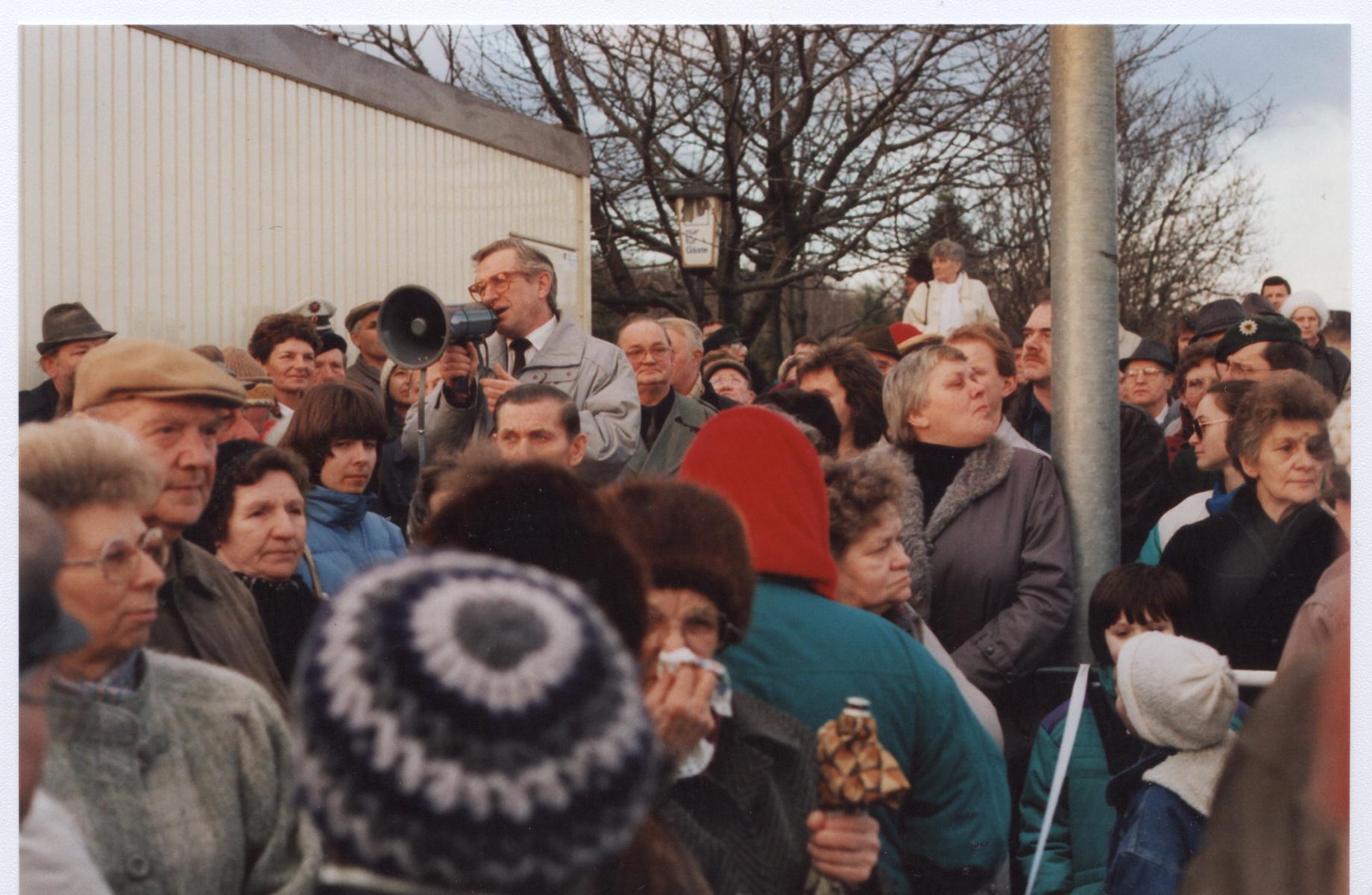Barneberg
52.12111111111111.073333333333119Koordinaten: 52 ° 7 ' 16 "N, 11 ° 4' 24" E
Barneberg is a municipality in the district of Hötensleben Borde in Saxony- Anhalt.
- 3.1 Mayor
- 3.2 Coat of Arms
- 4.1 traffic
- 4.2 Public bodies
Geography
Barneberg is located about 12 km southeast of Helmstedt. Karoline was reported as the district of the former municipality
History
Barneberg was first mentioned in 1170 in a document. The Werden Abbey - St. Ludgeri Helmstedt had in 1170 a hooves of the local district, which was in possession of a ministeriales Gerhardus. Several owners changed in the 12th century, including owned the place in 1199 Oldhild of Hagen. In 1291 a Ministerialer Otto von Barneberg, canon is named in Walbeck. The Dukes of Brunswick had some small fief in the 14th century.
The sovereignty over Barneberg seems to have been conceded in the Middle Ages the castle Hötensleben. So the place was also later at the Hessen- homburgischen Office Hötensleben. At the time of the Kingdom of Westphalia, at the beginning of the 19th century, the village belonged to the canton Warsleben, District of Helmstedt, Okerdepartement.
In Barneberg once were several settlements and smaller places that are detectable as waste places: Volkersdorf, Charles Village, Kerlingen and Krenitz.
In the High Middle Ages, initially had the Earl of Hallermund held the patronage of the church Barneberg. About Adelaide of Loccum - Hallermund the patronage passed to the counts of Dassel. In Barneberg and other places in the area, they also possessed in the 13th century hooves, the Graf Adolf I. von Dassel received by marriage to Adelheid von Wassel. Related to Adelheid were responsible for Barneberg archbishops Albrecht I and his half-brother Wilbrand of Käfernburg.
On the patronage of the Romanesque church, whose tower was renovated in 1618 and still stands today, abandoned Count Simon of Dassel 1311. The nave was demolished in 1884. The successor building in neo-Gothic style was completed in the following year. In the old church had stood an organ, the organ builder Christoph Trautmann from Magdeburg built in 1766 and after almost 100 years of organ builder August Troch ( 1817-1890 ) was renewed from Neuhaldensleben. As a re-installation of the old organ in the new church building (now the Church of Peace ) was not possible, he decided to purchase a new organ, the organ builder in 1891 by Wilhelm Sauer from Frankfurt ( Oder) was built. Today, the church is in need of renovation strong state, the medieval church tower is provided with a temporary reinforcement. The church is now part of the Evangelical-Lutheran parish church in the county Hötensleben leeches.
From 1952 to 2010, there was in Barneberg the Catholic Church of St. Joseph ( Rudolf-Breitscheid-Str. 24). It was built because the Catholics of Barneberg were prevented by the GDR authorities on visiting the border church in Hötensleben. The last Mass was celebrated in 2007. In December 2010, the church was sold, it is now used by a craft enterprises. The little bell of the church was in 1953 a gift from the church in Offleben and was given away after the closure of the church at a monastery in Vienna ( Dammstraße 20). Today, the nearest Catholic churches are located in the distance of 3 km neighboring villages Hötensleben and Völpke.
On 1 January 2010, until then independent municipality Barneberg was incorporated into Hötensleben.
Population Development
Policy
Mayor
The last mayor of the municipality Barneberg was Sebastian Fricke.
Coat of arms
The coat of arms was approved on 7 November 1996 by the regional council of Magdeburg.
Blazon: ". Gezinnter schwarzgefugter In Green a silver watch-tower with black door opening and three black window openings on silver arched sign foot "
The design of a coat of arms for the municipality Barneberg was commissioned by the municipality in October 1994 at the Magdeburg Kommunalheraldiker Jörg Mantzsch in order, because to currently is not the rules of heraldry appropriate and officially approved crest.
Former coat of arms of the village are histographically undetectable. There is only an indication that a seal was used with the picture of a church in the last century. To legitimize this seal any evidence is missing. So it can be assumed that the location of this seal image itself has " given ", ie without government grant took in use. Whether the church depicted in the seal was the picture of the village church, has not been established. From the history Barnebergs hardly essence is narrated that can be used as a basis of the crest formation.
In the development of the crest of the desire of the community was considered that would take a mountain with it of waiting in a coat of arms. Both symbols are actually present and characterize the place. In relation to the silver mountain and the silver watchtower the shield color green was chosen, which takes a reference to the natural environment of the region around Barneberg.
Economy and infrastructure
Traffic
Federal highway 245 and 245a lead directly through the town. The railway track Oschersleben Schoningen is shut down.
Public institutions
The office of the municipality Barneberg is open every Thursday for the citizens. Furthermore, a daycare center in the village.
Culture and sights
- On the 162.5 m high Barneberger height is the tower stump waiting from around 1167th
- Peace Church Barneberg (see "History " )
- Burial in the local cemetery for a particular well-known Soviet forced laborer, who in 1944 became victims of forced labor










